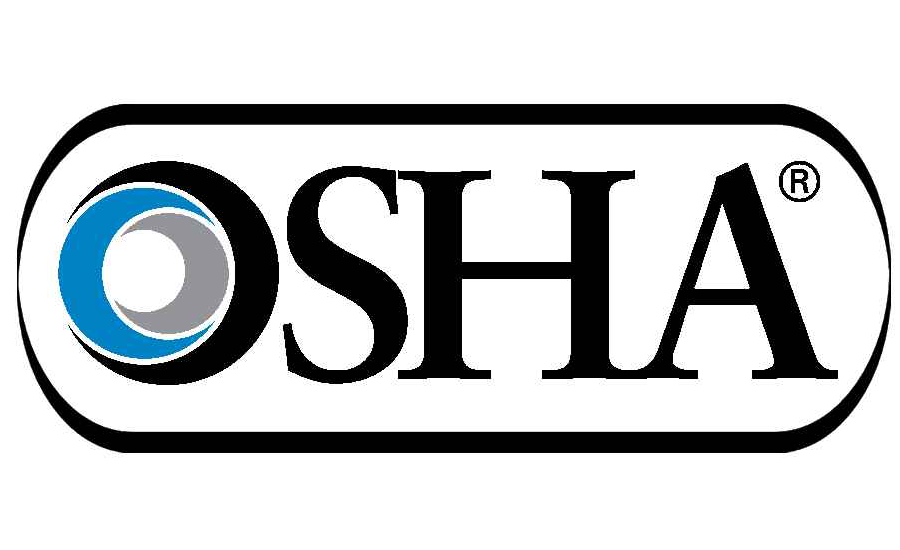A Confined Space blog post
Harwood’s last gasp? OSHA announces cruel and bizarre grant round

Posted with permission from Confined Space, a newsletter of workplace safety and labor issues.
OSHA released a grant announcement last week for its Susan Harwood Worker Training Grants. No, the Trump administration did not wake up and suddenly realize how important job safety and health training is to high risk and vulnerable workers. These grants are funded by FY 2017 money which has already been appropriated and must be spent. Trump’s FY 2018 budget proposes to eliminate the 40 year old grant program, and the Congress seems to be going along with the request.
But good news for now, right? Not so much.
The new grant proposal severely weakens the program in what could be its final year. First, OSHA has eliminated the program’s multi-year Capacity Building Grants. The goal of the Capacity Building Grants was to help non-profit organizations develop a permanent organizational capacity to train and assist vulnerable workers and small business employees in high-hazard industries.
And second, the proposal severely limits the number of topics eligible for the one-year Targeted Training Grants. The goal of the Targeted Training Grants has been to focus on specific topics into order to address a specific serious hazard (such as falls in construction or ergonomics), topics for which there are new OSHA standards (like silica, beryllium, confined spaces in construction and walking-working surfaces), topics about which workers need special training because there may not be an OSHA standard (like workplace violence or heat), or in specific high hazard industries where workers clearly need training (like agriculture or oil and gas).
Sensible, Cruel and Bizarre
In this case, the topics chosen (and not chosen) by OSHA for the Targeted Training Grants range from sensible, to cruel, to bizarre.
Some of the topics that make sense include construction road zones, excavation (and trenching) hazards, falls in construction, grain handling, machine guarding, oil and gas, and powered industrial trucks.
But look at what has been cruelly left out: no grants for the health care industry, which has twice the injury and illness rate for private industry as a whole and is more dangerous than manufacturing and coal mining. Ditto for agriculture, also one of the most dangerous industries in the U.S. More than 5,000 agricultural workers in the U.S. — many Hispanic or immigrant workers — died on the job between 2003 and 2011, a death rate seven times higher than average. And OSHA isn’t even allowed to set foot on small farms even if there’s a fatality. (Check here for a remarkable article on the hazards faced by farm workers in Idaho.)
There is nothing to help workers address workplace violence even though the injury numbers are huge and there is currently no standard (although OSHA is supposedly working on one.) Nursing, psychiatric and home health aides, personal care aides and registered nurses were the occupations at greatest risk of injuries from violence, and patients were responsible for 45% of reported injuries related to violence. And the Government Accountability Office found last year that workplace violence is a serious and growing concern for 15 million health care workers and can be prevented through violence prevention programs.
There is no grant for silica training, even though OSHA just issued a standard which workers need to be trained on. And, of course, nothing on ergonomics, for which all Republicans display a weird and deeply held religious hatred, even though musculoskeletal disorders continue to comprise one-third of all injuries suffered by American workers.
Nothing on heat illness either, presumably a concession to climate change deniers. Also missing is a grant covering confined spaces in construction, which is odd considering that OSHA just issued a new standard covering confined spaces in construction.
And then we move from sensible and cruel to just bizarre: First, there seems to be a strange obsession with the maritime industry. Not that maritime workers don’t work in hazardous workplaces, but why would OSHA be offering a grant covering “Walking Working Surfaces, slips and falls in the Maritime Industry” when the agency just last December issued a long-awaited new walking working surfaces rule covering General Industry.
Another grant topic covers “Respiratory Hazards in the Maritime Industry,” possibly to make up for the fact that the agency is in the process of weakening beryllium protections for maritime (and construction) workers. But what happens to construction and general industry workers who might face respiratory hazards — from silica, for example? Then there’s a grant topic covering “Chemical Hazards/Hazard Communication – General Industry and Maritime Industry.” And what about construction workers who face chemical hazards (like beryllium and silica, just to name two examples?)
Vulnerable Workers Pay the Price
So who is losing out? Workers, and specifically those vulnerable workers who need this training the most. Although the proposal states that grantees should target temporary workers, minority, or other hard-to-reach workers, as well as non-literate, low-literacy, or limited English proficiency workers, many of the areas in which these workers are employed — like agriculture and construction — are not covered by most of these topic. But worse than that, the omissions from the Targeted Training Grants are far more damaging because of the the elimination of the Capacity Building grants which provided grantees with the flexibility to cover whatever high hazard topics or industries were needed.
Consequently, Farmworker Justice will no longer be able to provide training in pesticide safety, heat illness, field sanitation, and workers’ rights.
Agricultural workers in Oklahoma, including workers in small and new businesses, workers with limited English proficiency, low-literacy, young, temporary, minority, and other hard-to-reach workers will no longer receive training from Oklahoma state university. Workers who had received life-saving training from Interfaith Worker Justice in cleaning services, poultry/meat packing, restaurants, landscaping, home care, and car wash industries are going to be on their own. Georgia Tech will no longer be able to provide full-day Spanish language training to workers in the poultry and meatpacking industries and same for meatpacking workers in Nebraska which had been receiving training from the Nebraska Appleseed Center for Law in the Public Interest unless they limit the training to one (and only one) of the few topics on the list.
The International Association of Fire Fighters will be canceling their 40-hour confined space training for fire fighters across the U.S., and say good bye to 2-hour workplace violence prevention training for young workers conducted by the Massachusetts Coalition for Occupational Safety and Health. Small businesses, low literacy, minority, and hard-to-reach workers in the wood products and tree care industries won’t be getting training from the Timber Products Manufacturers, Inc. or the Tree Care Industry Association, Inc. They were going to provide training in safe use of aerial lifts, operating chain saws, operating chippers, and/or working in close proximity to electrical conductors. Colorado and Wyoming construction workers who are limited English proficiency, low literate, minority, and hard-to-reach who had been receiving training on silica hazards conducted by National Jewish Hospital.
I could go on and on (and on), but you get the point.
All I can say is that after almost six months of attacks on worker safety, I’m proud to say that I still haven’t lost my capacity for shock and disappointment at the cruelty displayed toward workers by this President who allegedly rode into office as the savior of the working class.
Click here to visit Confined Space.
Looking for a reprint of this article?
From high-res PDFs to custom plaques, order your copy today!







